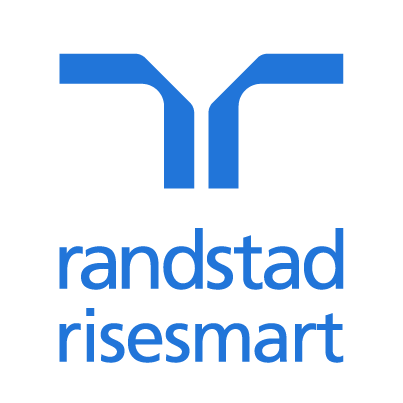According to a LinkedIn poll of 399 HR magazine followers, just 37% said they worked in organisations that are not actively seeking to poach talent to keep up with recruitment demands.
The war for talent:
Headhunting increases due to post-COVID talent scramble
Fighting for talent in a competitive job market: your HR Lunchtime Debate questions answered
How is logistics retaining talent after its pandemic success?
Outdated benefits costing businesses talent
Speaking to HR magazine Lisa Haggar, head of people & culture at Origen, said when it comes to headhunting a lot of businesses talk about it though many have an outdated approach.
“Jumping on your LinkedIn CRM system, sending out 30-plus automated direct messages isn't headhunting,” she said.
“When you get over 50 messages a day from recruiters, none stand out because they are using a dated model which simply doesn't engage people to even want to respond.”
Mark Dexter, managing director at KDR Recruitment, added that headhunting is an important tool for any recruiter, especially in a competitive market, but it requires care.
Dexter told HR magazine: “It fully depends on the type of hire you are looking for. Senior hires are often only secured via this route as well as hard-to-hire talent. You need to be cautious about putting all of your eggs in one basket though because truly passive talent can be hardest to get to commit to a move.”
For headhunting to work Haggar argued that talent teams must build a relationship with potential candidate pools and engage in common ground.
“Go and look at what they have been posting about and have responded to and use that as a basis to engage a conversation,” she suggested.
“Automated tools are useful, however when you’re battling it out for top talent, pick up the phone. It's time well spent. Focus on their experience with you rather than using 10 minutes trying to throw as much about the company down the phone.”
Using videos as digital job descriptions can also be more engaging than just a message and basic two-page job description, Haggar added.
Dexter said well-developed employee brand and value propositions are also crucial for headhunting.
“What makes you stand out from the competition? Is the message translated well externally? Get support from marketing to make sure you get this right. Make your approach about the candidate, not about you,” he said.
Adrian Smith, senior director of operations at recruitment firm Randstad also told HR magazine that average earnings have been pushed up over 8.8% over the past year.
"In an environment like this, an advert on LinkedIn just isn't going to cut it," he said.
"Our own research suggests work-life balance has overtaken great salary and benefits as the most important driver when choosing an employer; 68% of white-collar workers consider work-life balance as the most important driver.
"Talent teams need to stress that and reassess how they sell the business in light of changes to employee preferences."
Internal recruitment could also be the answer to talent shortages - register for our upcoming webinar on unlocking hidden potential in your workforce to learn more.










